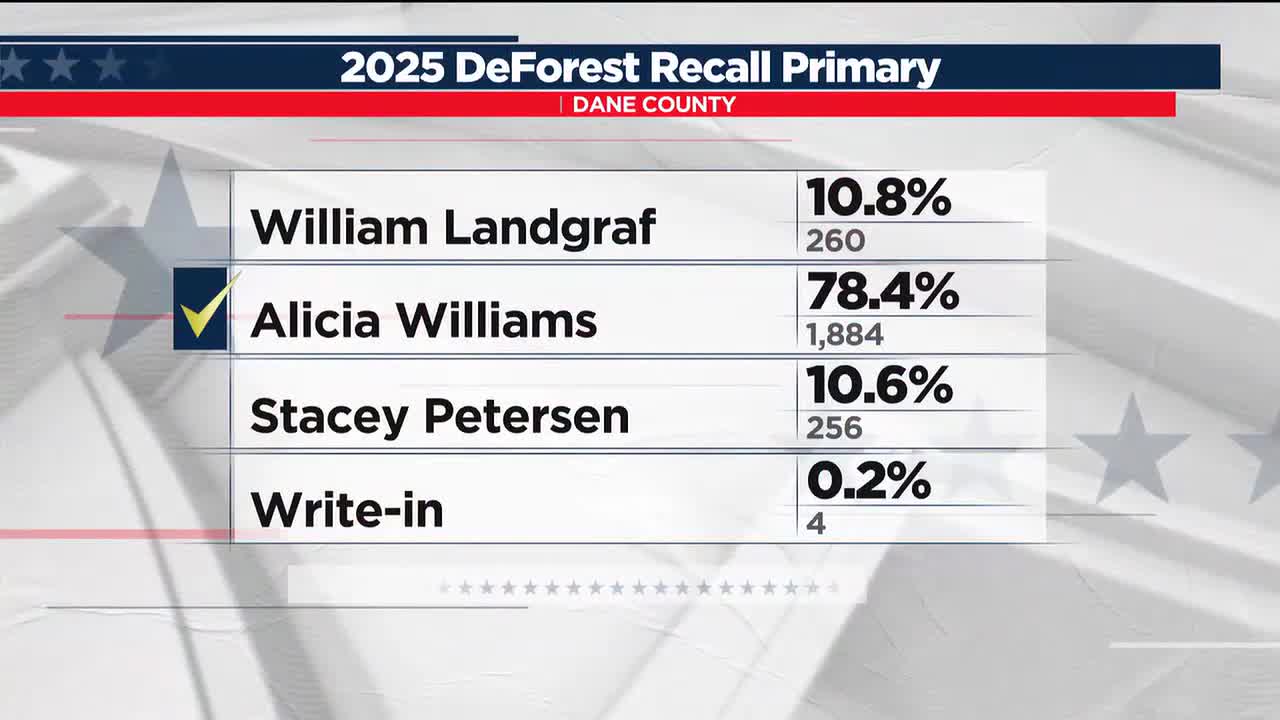
AgriLife Research Leads Development of Predictive Tool to Enhance Wetland Conservation Aligned with Sustainable Development Goals
Texas A&M AgriLife Research scientists are spearheading a NASA-supported initiative to create a predictive tool aimed at revolutionizing wetland conservation strategies in the United States. This project directly supports the achievement of several Sustainable Development Goals (SDGs), including SDG 13 (Climate Action), SDG 14 (Life Below Water), and SDG 15 (Life on Land), by promoting ecosystem resilience and sustainable management of natural resources.
Project Overview and Funding
The three-year research project, funded by a $897,000 grant from NASA’s Ocean Biology and Biogeochemistry program, involves collaboration with Pennsylvania State University. The program focuses on monitoring Earth’s short- and long-term environmental changes, contributing to SDG 13 by enhancing understanding and mitigation of climate-related impacts.
Research Objectives and Methodology
The research team is analyzing extensive “big data” sets, including satellite imagery and 25 years of weather data, to identify early warning signs of tidal wetland degradation nationwide. The primary objectives are:
- Identify transitions of tidal wetlands from healthy to degraded states.
- Detect micro-tipping points—small, cumulative stress signals that precede major ecological changes.
- Predict future vulnerabilities to enable timely conservation interventions.
This data-driven approach aligns with SDG 15 by supporting the sustainable use of terrestrial ecosystems and halting biodiversity loss.
Significance of Predictive Tool for Conservation Efforts
Project lead Dr. Rusty Feagin emphasizes the economic and ecological importance of wetlands, noting that billions of dollars are invested annually in their restoration and protection. The predictive tool aims to optimize these investments by guiding public agencies and private landowners to focus efforts where recovery is feasible, thereby enhancing resource efficiency and sustainability (SDG 12: Responsible Consumption and Production).
Understanding Ecological Tipping Points in Tidal Wetlands
Ecological tipping points are critical thresholds where small changes can lead to significant ecosystem shifts. Dr. Feagin compares these to a boulder balanced at the top of a hill, where a slight push can result in either recovery or collapse of wetland ecosystems. Human activities and natural events such as droughts and hurricanes can push wetlands toward these tipping points, threatening their survival.
- Identifying these tipping points enables proactive conservation measures.
- Understanding cumulative stressors supports resilience-building strategies.
- Predictive insights facilitate timely interventions to prevent irreversible damage.
Ecological and Economic Importance of Tidal Wetlands
Tidal wetlands are among the most productive and economically valuable ecosystems globally. They contribute significantly to SDG 14 by supporting marine biodiversity and carbon sequestration, capturing more carbon dioxide than rainforests. Additionally, wetlands serve as natural buffers protecting human infrastructure from oceanic storms, thus contributing to SDG 11 (Sustainable Cities and Communities) and SDG 13.
By enhancing the ability to predict and prevent wetland degradation, this research supports multiple SDGs and promotes sustainable environmental stewardship.
Image Caption: Erosion significantly contributes to wetland losses. The research led by Dr. Feagin focuses on identifying tipping points to inform conservation and remediation efforts, helping wetlands recover and maintain ecological balance. (Rusty Feagin/Texas A&M AgriLife)
1. Sustainable Development Goals (SDGs) Addressed or Connected
- SDG 13: Climate Action
- The article discusses the use of big data and predictive tools to monitor and protect tidal wetlands, which are crucial for climate regulation by capturing carbon dioxide.
- SDG 14: Life Below Water
- Wetland conservation directly relates to protecting marine and coastal ecosystems, which is a core focus of SDG 14.
- SDG 15: Life on Land
- The article highlights efforts to prevent wetland degradation and promote ecosystem resilience, aligning with the goal to sustainably manage terrestrial ecosystems.
- SDG 9: Industry, Innovation and Infrastructure
- The development of a predictive tool using satellite imagery and big data reflects innovation and infrastructure development.
2. Specific Targets Under Those SDGs
- SDG 13: Climate Action
- Target 13.1: Strengthen resilience and adaptive capacity to climate-related hazards and natural disasters.
- Target 13.3: Improve education, awareness-raising and human and institutional capacity on climate change mitigation, adaptation, impact reduction, and early warning.
- SDG 14: Life Below Water
- Target 14.2: Sustainably manage and protect marine and coastal ecosystems to avoid significant adverse impacts.
- SDG 15: Life on Land
- Target 15.1: Ensure the conservation, restoration and sustainable use of terrestrial and inland freshwater ecosystems and their services.
- SDG 9: Industry, Innovation and Infrastructure
- Target 9.5: Enhance scientific research, upgrade the technological capabilities of industrial sectors, including developing sustainable infrastructure.
3. Indicators Mentioned or Implied to Measure Progress
- Indicators for SDG 13
- Number of early warning systems and predictive tools developed and implemented for climate-related hazards (implied by the predictive tool for wetland tipping points).
- Extent of resilience and adaptive capacity improvements in ecosystems vulnerable to climate change.
- Indicators for SDG 14
- Area of coastal and marine ecosystems protected and restored (implied by monitoring 1.45 million coastal sites including salt marshes and mangroves).
- Changes in ecosystem health status from healthy to degraded states detected through satellite imagery and big data analysis.
- Indicators for SDG 15
- Rate of wetland degradation or restoration over time, measured through ecological tipping points and micro-tipping points.
- Number of sites where intervention has been prioritized based on predictive data.
- Indicators for SDG 9
- Development and application of innovative technologies such as satellite data analysis and big data predictive models.
- Investment in research projects and grants supporting technological advancements (e.g., the $897,000 NASA grant).
4. Table: SDGs, Targets and Indicators
| SDGs | Targets | Indicators |
|---|---|---|
| SDG 13: Climate Action |
|
|
| SDG 14: Life Below Water |
|
|
| SDG 15: Life on Land |
|
|
| SDG 9: Industry, Innovation and Infrastructure |
|
|
Source: hpj.com







